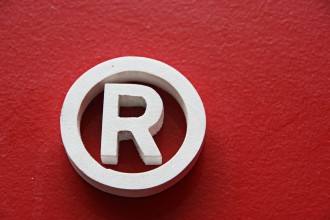
September 20, 2018
Detroit Patent Attorney Joe Lafata Discusses the AI Patent Rush with HP Enterprise
Metro Detroit patent attorney Joe Lafata recently spoke to HP Enterprise.nxt about the rapid increase in the numbers of patent application filings that contain keywords for AI, such as machine learning and neural networks.
A study from the National Bureau of Economic Research shows that number of applications containing AI, for example, have grown more than 1000% since the early 2000s, while those containing “neural networks” — which held steady at about 100 – 200 application per year from 1990 to 2008 — rocketed up to 485 applications in 2016.
Unsurprisingly, many of these patents are owned by large technology companies like Microsoft, Google and IBM.
With the considerable time and money investments that obtaining patents can involve, what can smaller companies do to stay competitive in the race to secure AI rights and deter competitors?
Lafata suggests that there is still plenty that can, and should, be done. Start by focusing on quality over quantity. “If a small company has a limited budget, then they can’t necessarily file 10 or 15 patent applications on a particular device or a particular solution to a problem,” he says. “But they can file two or three.”
While some have expressed fears that owning patents (or not owning them, in some cases), can lead to infringement suits and litigation, Lafata offers that small businesses should use their patents as bargaining chips to work with other AI vendors and negotiate profitable licensing deals. “It’s always better to have a patent portfolio than to not have a patent portfolio. It gives you possibly some leverage against bigger players that might try to assert their patents against you.”
For businesses of all sizes, it is also important to remember that the real value of an AI patent will reside in how the technology is used and the data behind it. If that value leads to a sustainable competitive advantage, though, “savvy businesses will consider filing patent applications,” says Lafata.
…


